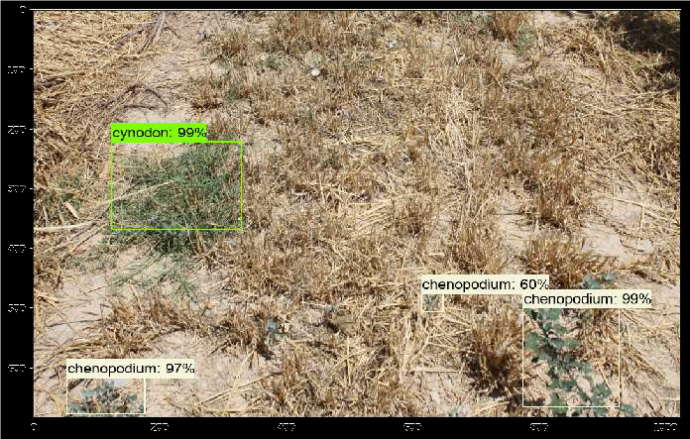The use of autonomous and automatic processes in Precision Agriculture is increasing day by day. The farmers, the markets, and research communities demand new tools with positive effects on food security, profitability and sustainability. The development of autonomous robots able to perform automatic control on crops is already common. The mechanical part has improve in the last decade and the use of new algorithms able to detect different scenarios in crop management open a new door for a new agriculture. In the last two year the use of convolutional neural networks (CNNs) for crop disease, stress, pathogens or weeds is a reality. Considering weeds the most important problem in European agriculture, some developments have arisen. Most of the top companies and universities have showed different developments on this area. Image classification, object detection, and segmentation using deep Convolutional Neural Networks with tools such as TensorFlow distributed machine learning allow improving the created classifiers. Being one of the major challenges of weed control the fast identification of weed species, the improvement of real-time detectors and classifiers of weeds employing CNNs opens a horizon in the use of Precision Agriculture

